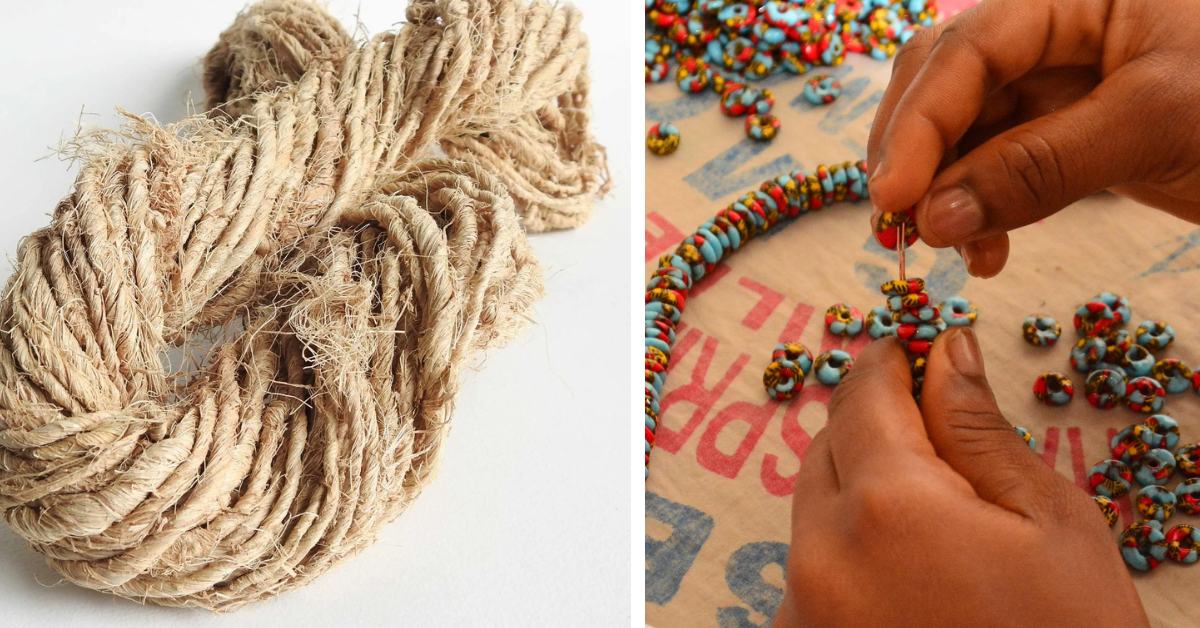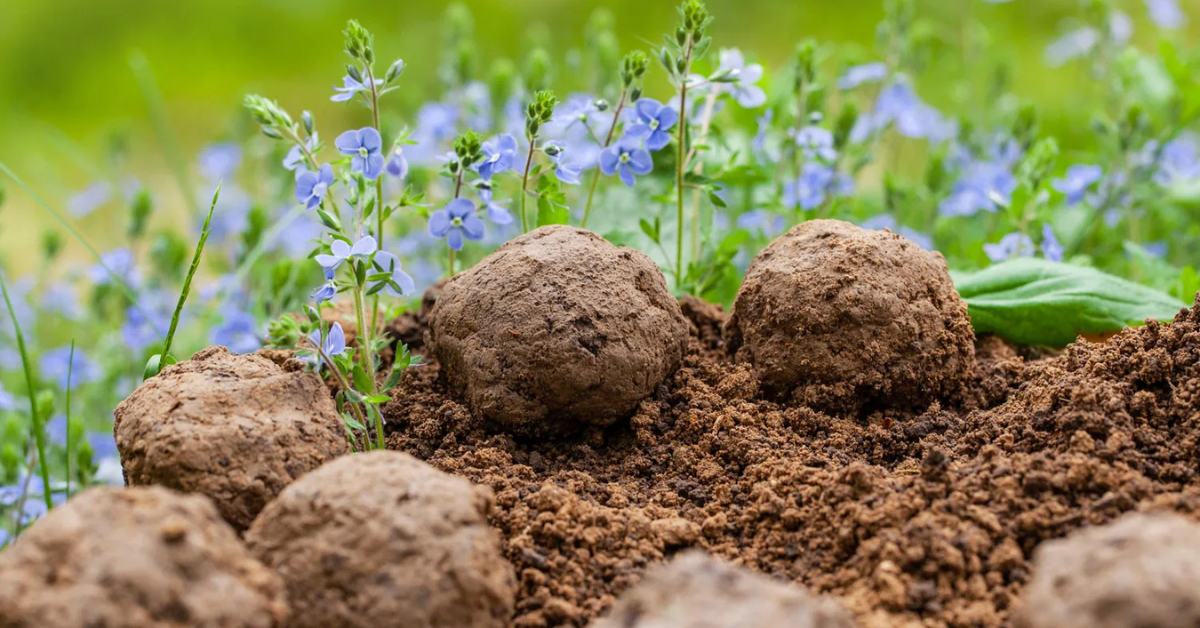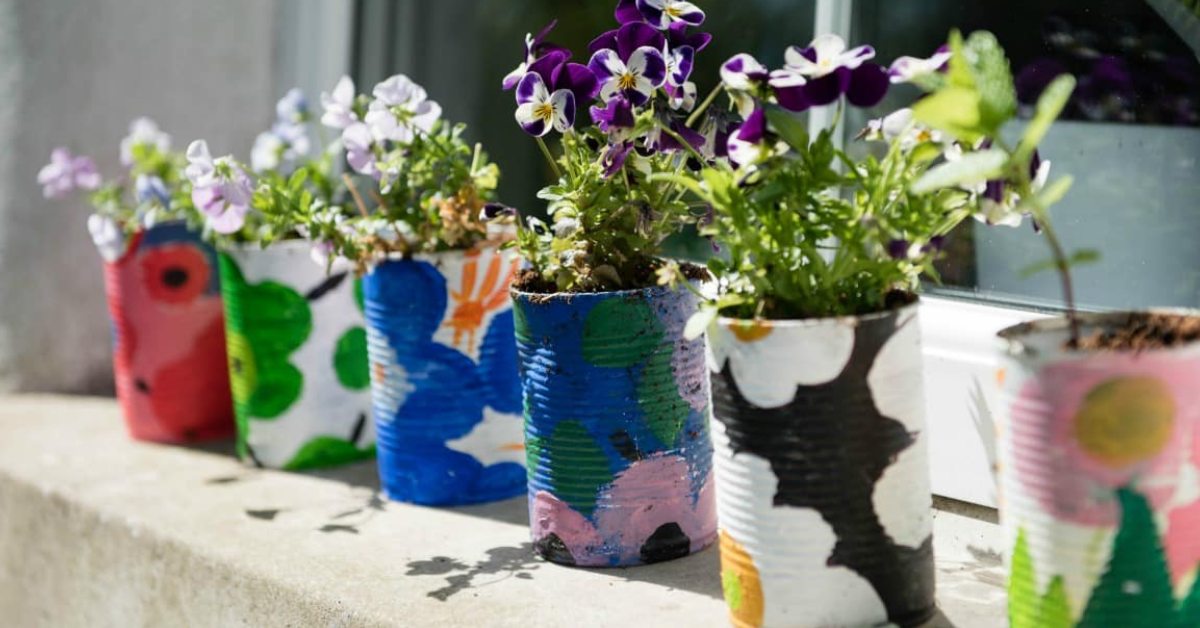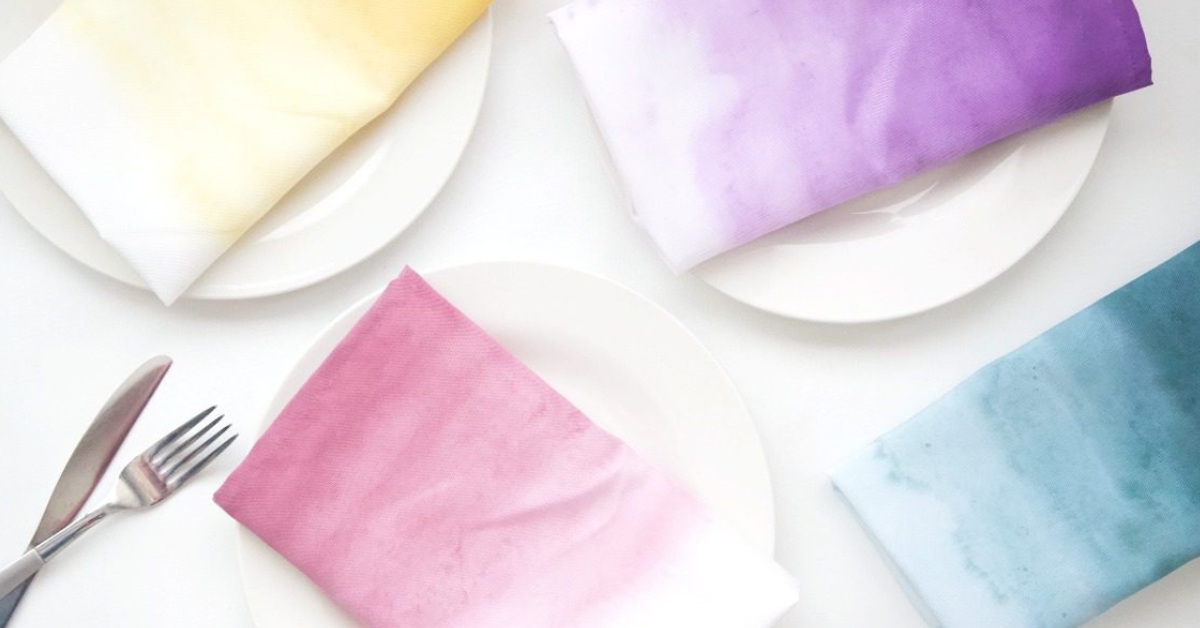6 Sustainable Family Crafts to Teach Kids Indian Traditions & Upcycling
In today’s fast-paced world, it’s all too easy for families to get swept up in screens, schedules, and to-do lists, forgetting the simple, grounding joy of doing things together. But the truth is, some of the most powerful lessons for our children don’t come from a classroom or a table; they come from our hands, our homes, and those quiet afternoons spent making something beautiful out of nothing.
India, with its deep-rooted traditions of reuse, repair, and reverence for nature, offers a treasure trove of inspiration for families whose children care for the earth, respect their heritage, and believe in the power of small actions.
Here are six meaningful, hands-on activities you can try at home. Each one is more than a craft; it’s a story waiting to be created, a conversation about sustainability, culture, and the magic of turning waste into wonder.
1. Bead making with banana stem fibre
After enjoying a bunch of bananas, what usually happens to the stalk? It’s tossed, forgotten. But here’s a secret: that humble stem hides strong fibres that can be turned into paper-like sheets… and even jewellery!
 Teach your kids how they can use the banana stem fibre to make different jewellery
Teach your kids how they can use the banana stem fibre to make different jewellery
Peel off the layers, soak them overnight, and then flatten them into thin, natural “paper.” Kids can paint them using kitchen-friendly dyes like turmeric, beetroot, or henna. Once dry, cut and roll them into little beads. Thread these into necklaces or bracelets that carry not just colour, but a story of transformation.
What kids learn: Natural materials, Indian dyeing traditions, upcycling with purpose.
2. Weaving old sarees into rag rugs
Every Indian home has a stack of old sarees — full of memories, but often lying unused. Instead of letting them gather dust, why not turn them into vibrant rag rugs?
Cut the sarees into long strips and braid or weave them together. It’s rhythmic, meditative, and perfect for getting all ages involved. Children love picking colours and seeing the rug grow beneath their hands. You’re not just making a mat, you’re reviving the spirit of Indian handicraft.
What kids learn: Textiles, reuse, teamwork, and cultural pride.
3. Make seed balls & rewild your neighbourhood
Want to teach your children how to leave the world greener than they found it? Seed balls are a perfect start. They’re simple to make: just mix natural clay with compost and seeds of native Indian plants like tulsi, neem, or drumstick.
 Your kids can make seed balls and then you can accompany them to plant these balls in a nearby park or locality; Picture source: Better Homes and Gardens
Your kids can make seed balls and then you can accompany them to plant these balls in a nearby park or locality; Picture source: Better Homes and Gardens
Form marble-sized balls and leave them to dry. Then, go for a family walk and gently toss them into open spaces, abandoned plots, or the edges of your society park. When the rains come, they’ll do their magic.
What kids learn: Native ecology, regeneration, and that even a tiny ball of mud can grow into a tree.
4. Tin can planters with traditional art
Empty coffee or paint cans? Don’t toss them. Clean and dry them, then hand them over to your kids as blank canvases. Introduce them to beautiful Indian folk art — Madhubani, Warli, or Gond and let them paint their own masterpieces.
Once painted, adults can help punch drainage holes and fill them with soil. Add seeds or saplings of herbs like tulsi, mint, or lemongrass — plants that not only smell great but bring nature closer to your kitchen.
 Ask your kids to implement their creativity on different tin cans and use them as planters; Picture source: Family Focus Blog
Ask your kids to implement their creativity on different tin cans and use them as planters; Picture source: Family Focus Blog
What kids learn: Indian art, gardening basics, the value of repurposing.
5. Coconut shell bird feeders
If you’ve ever broken a coconut for a puja or a meal, you know how tough those shells are. Instead of throwing them out, turn them into charming little bird feeders.
Cut the shell in half (grown-ups only for this step!), scoop it out, and let kids paint the outside. Thread some strong rope through drilled holes and hang it from a tree or balcony. Fill with grains, and then… wait for your winged visitors.
Sparrows, bulbuls, and even parrots might stop by — and your children will have front-row seats to urban wildlife.
What kids learn: Animal care, upcycling, patience, and observation.
6. Natural dyeing with kitchen colours
Old white cloth lying around? It’s perfect for a family dyeing day! Boil turmeric for yellow, use hibiscus petals for pink, or spinach for green. Get creative with tying, folding, and leaf-stamping.
 Ask your kids to use the dyed cloth as napkins or table mats
Ask your kids to use the dyed cloth as napkins or table mats
Once dyed and dried, cut the cloth into reusable napkins, table mats, or handkerchiefs. It’s a mini textile workshop right in your home and a celebration of India’s rich colour traditions.
What kids learn: Chemistry, tradition, zero waste thinking, and self-expression.
Why these moments matter
These aren’t just crafts. They’re time capsules.
They teach our children to see: to notice the banana stem, the rusting can, the dry coconut shell, and imagine what could be. They teach that waste is not the end of a story but often the beginning of something new.
So take a weekend afternoon. Turn off the TV. Gather your cloth scraps, old tins, and seeds. And begin!
News